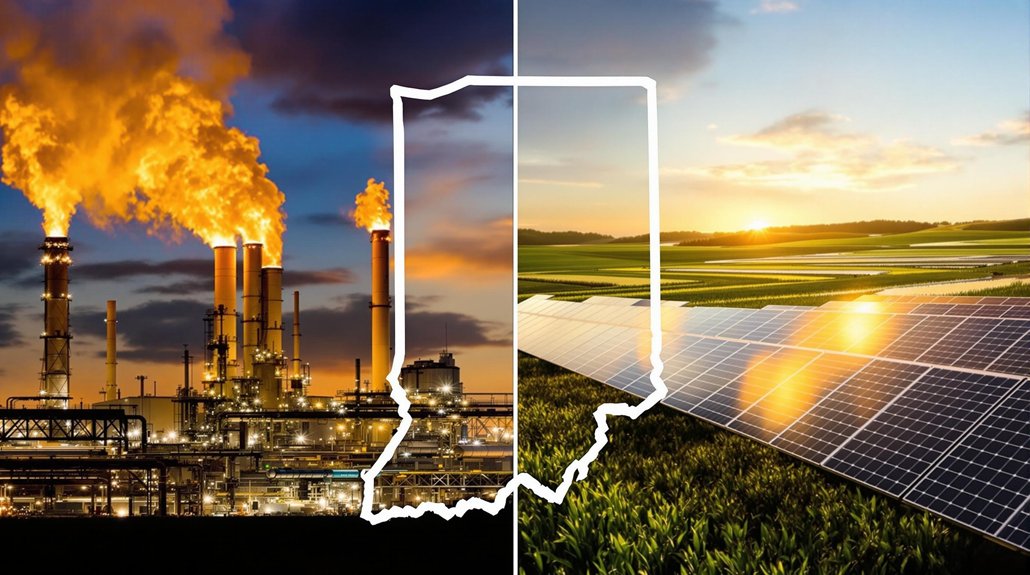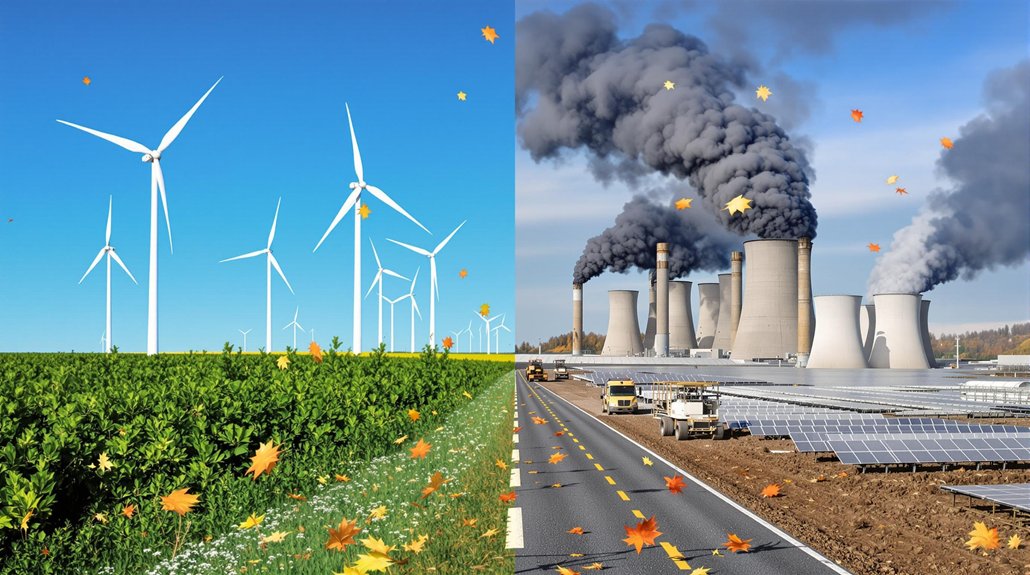Trump’s executive orders aim to revive a struggling coal industry by slashing regulations and invoking emergency powers. Despite these efforts, coal capacity continues to plummet – down 114,000 MW in a decade. The administration frames this as protecting 41,000 mining jobs and ensuring grid stability, while environmental groups fight back. Market realities suggest regulatory changes alone won’t save coal. Natural gas and renewables just keep getting cheaper, no matter who’s in charge.
While struggling against market forces and environmental concerns, the coal industry received a potential lifeline this week. Trump signed four executive orders aimed at breathing life back into America’s coal sector. The measures take direct aim at regulatory obstacles that industry leaders have long complained about. No more red tape. At least that’s the plan.
The timing couldn’t be more critical. Coal capacity has plummeted from 286,000 MW in 2015 to a projected 172,000 MW by January 2025. That’s a massive drop in just a decade. The industry isn’t exactly thriving, folks.
Coal’s rapid decline from 286,000 MW to 172,000 MW in a decade shows an industry on life support.
These executive actions invoke emergency authority under Section 202(c) of the Federal Power Act, fundamentally telling struggling coal plants “keep the lights on.” The EPA also relaxed Mercury and Air Toxics Standards compliance, giving plants two extra years to figure things out. Plus, there’s that impressive-sounding rollback of 31 environmental regulations targeting fossil fuels. NERC has warned that power shortages could occur if too many coal and gas plants retire without adequate replacement capacity.
But here’s the reality check: utilities aren’t exactly lining up to build new coal plants. Natural gas is cheaper. Renewables keep getting more affordable. Sometimes market forces are just… market forces. The Trump administration plans to provide $200 billion for energy infrastructure, including coal facilities.
Supporters frame this as a national security issue. Coal still generates about 16% of America’s electricity. They argue premature closures could leave the grid vulnerable and increase dependency on foreign energy. Not a great look.
The economic stakes are clear—41,000 coal mining jobs hang in the balance. That’s 41,000 families wondering if their livelihoods have a future. Deregulation supporters say these measures protect American jobs and coal communities that desperately need the support. This approach stands in stark contrast to the Biden administration’s dual focus on promoting both fossil fuels and renewable energy development.
Environmental groups aren’t having it. The Sierra Club’s “Beyond Coal” campaign argues the industry is fundamentally out of step with both economic realities and environmental priorities. They’re gearing up for legal battles over what they see as misuse of emergency powers.
Will these executive orders actually revive coal? Market analysts remain skeptical. Sometimes even presidential powers can’t fight economics.








